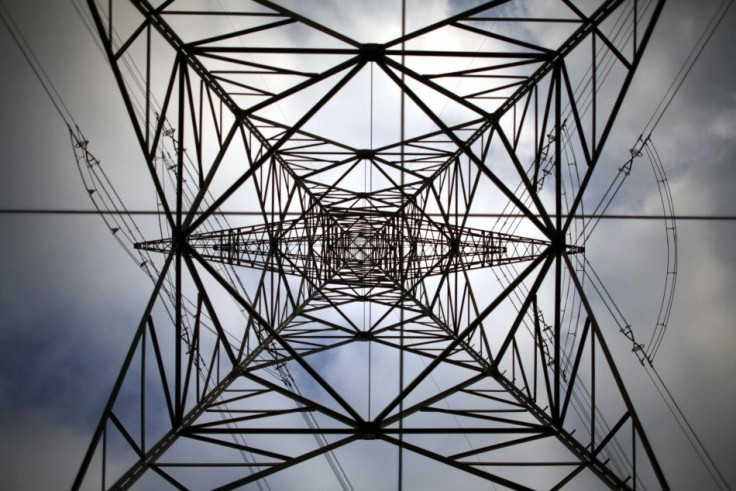How The Internet Of Things Can Help Save Energy

The Internet of Things (IoT) is set to be one of the biggest trends in technology in the near future. But many people fear that to sustain such an ambitious project, huge record-breaking amounts of energy would be needed, on top of money and space spend on the hardware that will enable it.
But Urz Hölzle of Google begs to differ, as he argues that IoT can even minimise energy expenditure. “I’m pretty confident that the Internet of Things is going to have net negative power consumption,” he said in a media briefing. “If you control lights, heat, and cooling in smarter ways, that’s really substantial.”
Hölzle pointed out that many IoT devices move relatively little data over the network. As time goes by, data centers would juggle data with greater efficiency. For instance, Google’s data center servers can now generate three and a half times more computing power with the same amount of money and the same amount of electrical power compared with five years ago.
Similarly, all leading Internet companies like Facebook, Microsoft, Apple and Google are pushing towards a more efficient breed of data center. The demands that would be placed on data centers by IoT may be growing, but the technology needed to handle those demands is improving, too.
Once Google and the like lead the way, the demands of IoT would not look as daunting as before.There would come a time when smaller software programming companies like IT Craft will be able to handle IoT, making it accessible to everyone. In fact, by 2022, the average home is anticipated to have over 500 smart devices, making many lives easier and significantly changing the way that each household is consuming energy.
But rather than resulting to a higher energy consumption, consumers would have more control over their own energy expenditure than ever before, as the IoT revolution empowers everyday people with actionable insights to help them lead more sustainable lives. For example, light switches could become obsolete, as devices will automatically be able to sense when you are at home using iBeacons technology, which is now being developed by mobile app developers like IT Craft.
More people will also adopt residential energy monitoring devices to optimise their own production and consumption of electricity. Such devices can tell users when energy will be the cheapest or most expensive, allowing normal individuals to micromanage their own resources. Hence, the power will shift from utility companies to everyday consumers, allowing users to gather insight on how they are consuming energy and how they can manage it to suit their own preferences.
Every individual needs to participate once the IoT revolution takes place. By putting the control in the hands of the consumers, people would be able to raise awareness regarding their energy consumption and prompt them to save both energy and money.
To contact the writer, email: v.hernandez@ibtimes.com.au





















